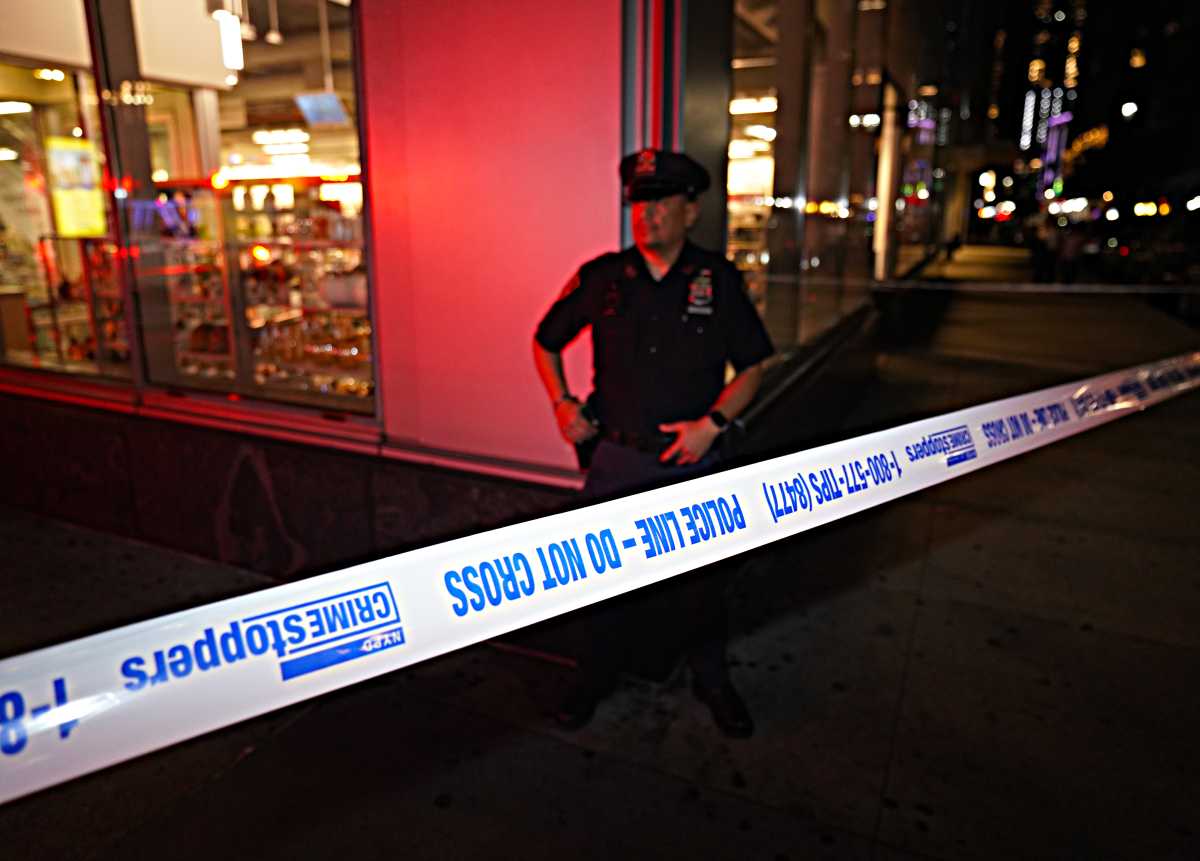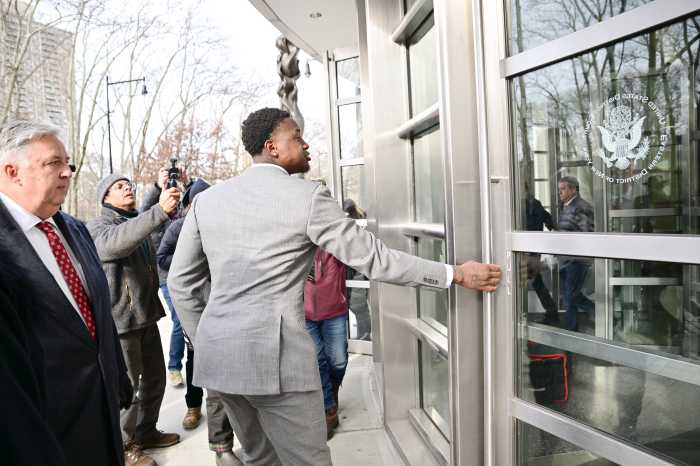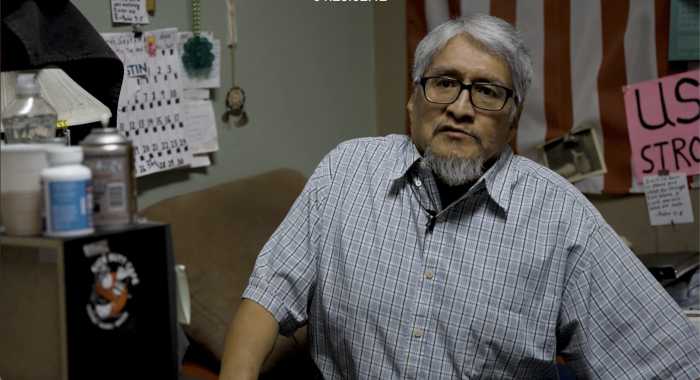A Ridgewood site, once involved in the Manhattan Project, has emitted radiation for more than 80 years, leading to fears of increased risks of cancer.
Trace amounts of radiation were found at the former site of the Wolff Alport Chemical Company along Irving Avenue in Ridgewood, prompting city, state and federal agencies to take action in an effort to reduce the exposure.
Between the 1920s and 1954, the former chemical company processed minerals to extract rare earth metals. Thorium residue leftover from the work contaminated the site. One of the company’s clients included the Atomic Energy Commission and the Manhattan Project.
“Minerals that contain rare earths also tend to contain natural radioactivity,” said Andy Karam, a Department of Health and Mental Hygiene health physicist, at a recent Community Board 5 meeting.
A deli, auto repair shop and construction company are now in business at the site where Wolff Alport once operated.
Alberto Rodriguez, manager of Primo Auto Body on the street, said the radiation caused him some worry.
“You’re scared of something happening,” said Rodriguez. “The radiation can cause cancer, that’s no good.”
Karam said that while working at the site over several decades can slightly increase the risk of cancer, the danger is slim and does not extend far outside the direct area.
Tests have been done at the nearest school, P.S./I.S. 384, which is less than two blocks away, and no radiation was found.
“There is a risk and we can’t deny it, it’s just it’s much lower than the risk of driving,” said Karam, who has worked in the radiation safety field for 30 years.
The chances that someone working 40 hour weeks over several decades in the area develops cancer is less than one in 10,000, he said. Short term, the area poses employees and residents no health risks due to the relatively low levels of radiation.
People face naturally-occurring radiation daily from various sources, from the sun to medicine. The United States Nuclear Regulatory Commission sets the maximum allowable radiation exposure to the public at 100 millirem (mrem) per year.
Since different spots along the block emit different levels of radiation, it is hard to pinpoint an exact amount of radiation area employees are being exposed to.
The Environmental Protection Agency (EPA) has also been working at the site since August to determine what actions should be taken to reduce radiation levels.
Eradicating the radioactive material is nearly impossible, as it would involve completely excavating the earth to a certain depth. A combination of concrete and steel will likely be used to bring the levels down to normal. Tests have already been conducted with barriers in the area that normalized the levels.
Radiation was first discovered at the site 25 years ago, but was within the allowable limits. When those limits were lowered, the site found itself above the cutoff point.































